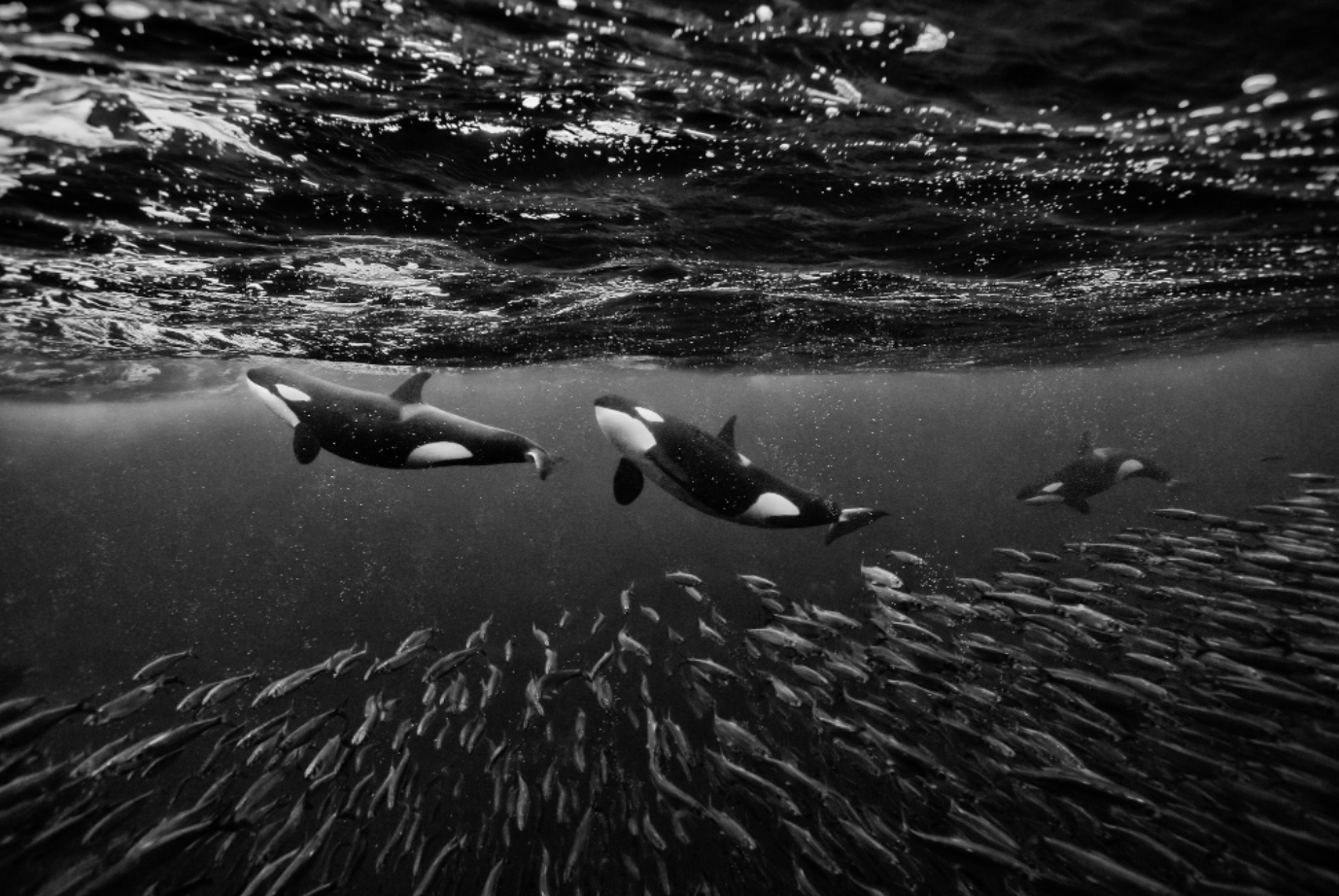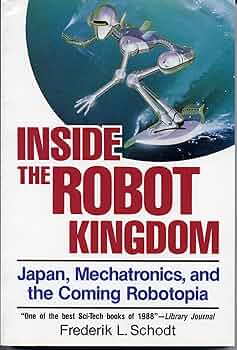
Eyck Freymann: How to Break China’s Minerals Chokehold
Why the allies need a multilateral commercial stockpile This essay is based on a Hoover History Lab working paper, co-authored with Joshua Stinson, William Norris,…
Thought Leader: Eyck Freymann

This Mother’s Day, I am especially grateful for all of the mothers who raise their young with kindness, compassion and respect for our natural world. Because of you, there is hope for the future of our planet.
When I think about Mother’s Day, I cannot help but think of all of the mothers in the world both human and animal. Over my career, I have been privileged to witness and learn from mothers in the wild – from polar bears and their cubs to penguins and their chicks. But, I have learned there is no mother quite like an orca.
A matriarchal and matrilineal species, orcas’ societies are female-led. All orca offspring remain with their mothers and grandmothers their entire lives (60+ years). This species works together in tight-knit, complex, family-driven pods to raise their young, increasing their chances of survival.
Because of their interwoven societal structures, orcas are often seen exhibiting “human-like” behaviors. These highly intelligent animals have relationships much like ours and are most certainly sentient beings. Most famously, a testament of a mother orca’s bond is the story of Tahlequah.
In 2018, Tahlequah made global headlines for carrying her deceased calf for 17 days in a profound display of grief and loss. As she grieved, so did the world – because motherhood is universal. This story along with other examples below are only a small sample of why we are unjust in mistreating conscious beings.
To every mother who continues to persevere through adversity and care for her young, this article is dedicated to you. I wish you a happy Mother’s Day.
If you have a story about a lesson(s) you have learned from wild mothers, please feel free to share it in the comments.
We are long past the time when we can make any justification for keeping orcas, dolphins, and other sentient beings in captivity. Despite the recent wave of public opinion against the idea of keeping killer whales on display for our amusement, there are still nearly 60 orcas held captive in marine parks around the world. Roughly a third of those orcas are in the United States, and of these, all but one are in SeaWorld theme parks in Orlando, San Diego and San Antonio.
Dolphins, too, are exploited by a billion-dollar theme park industry that trades in the suffering of animals. A 2019 report by the advocacy group World Animal Protection estimated that 3,000 dolphins are being held in captivity globally, many of them at so-called “dolphinariums,” marine parks that stage elaborate shows for the paying public. Sixty percent of these confined dolphins are in just five countries: China (23%), Japan (16%), the United States (13%), Mexico (8%) and Russia (5%). This fills me with deep sadness and anger.
I have seen orcas in the wild for much of my life and they never cease to amaze me. I have marveled, for example, at how they work collectively to round up a school of sardines, using bubbles, echolocation, clicks and squeals to work as a well-choreographed unit. I have played hide and seek with orcas underwater and heard their squeals of delight as a huge male scared me in the cold fjords of northern Norway.
Captive orcas are unpredictable and are known on occasion to bite and ram each other without warning. In 2010, an orca named Tilikum violently shook and drowned a whale trainer at SeaWorld Orlando, an incident that later became the focus of the 2013 film Blackfish.
It was the third time Tilikum had killed someone, following incidents in 1999, also at SeaWorld, and in 1991, at the now-closed Sealand of the Pacific in Oak Bay, a suburb of Victoria, BC. There is no record of an orca ever killing a human in the wild. Imagine if you had to spend the rest of your life in a bathtub with a friend or two and had to do constant tricks for your food.
I knew Tilikum. I was studying for my biology degree at the University of Victoria at the time, and Sealand of the Pacific was nearby. I would go there at least once a week, for four years. It was my secret place where I went to clear my head.
Sealand had three killer whales, two older females and a young male, Tilikum. It was inspiring to see them every day, to see their boundless grace and feel their energy as they would leap out of the water and bat a ball in the air. I started to feel a deep, profound connection to these animals.
Over time, though, my awe and excitement turned to anger. A friend of mine, Keltie Byrne, was studying marine biology, also at the University of Victoria. She worked part-time at Sealand as an apprentice trainer. We would talk half-jokingly about diving into the harbor at night to secretly cut the orcas loose and release them back into the wild. We understood the power of what it meant to be in the company of these unique, charismatic animals.
One day, tragedy struck. Keltie slipped by accident while at work and fell into the pen. The orcas grabbed her, pulled her under, and refused to let her get out of the water. Eventually, she drowned. Keltie was a kind, lovely person and she was obsessed with orcas. That is how I will always think of her, as this loving, giving person who thought of the world of nature and the open sea. The world needs more people like her.
Looking back now, it is easy to see how an accident like that was probably inevitable. These orcas would hear the sound of the boats in the harbor and become increasingly agitated. They would push hard at the nets, constantly ramming and smashing the siding and planks in their pen.
When Tilikum killed again, years later, this time at SeaWorld Orlando, hardly anyone could have been surprised to learn about the torture and confinement and stress these animals face every day.
Tilikum died of a bacterial infection in 2017. Bacterial infections are common in captive orcas. That should be telling us something, but who is listening?
Canada passed the Ending the Captivity of Whales and Dolphins Act, nicknamed the ‘Free Willy’ bill, in 2019. It bars the captivity, breeding, trade, possession and capture of all orcas and dolphins. Other countries have yet to catch up, though. Orca breeding is still allowed in Japan, Spain, Russia and China, among others.
In the wild, orcas can swim more than 100 miles in a single day. A mother orca will often stay with her extended family throughout her entire lifetime, an extended family that can encompass as many as four generations. Wild orcas have a shared sense of community and their group intelligence is a source of constant surprise, even to marine scientists who have studied them for years. A typical enclosure for a captive orca is 100,000 times smaller than its natural range in the wild. They have effectively exchanged the ocean for a bathtub. This is not just my opinion. It is a quantifiable fact.
Marine parks argue that putting killer whales on display helps raise public awareness of the challenges these animals face in the wild every day. That is not reason enough to keep such self-aware beings in a watery prison, though. They have the same right to freedom and to live without suffering as a human.
A recent headcount by the animal-rights group Whale and Dolphin Conservation reported that 58 orcas are being held captive in marine parks around the world.
For me, that’s 58 too many.
Eyck Freymann: How to Break China’s Minerals Chokehold
Why the allies need a multilateral commercial stockpile This essay is based on a Hoover History Lab working paper, co-authored with Joshua Stinson, William Norris,…
Thought Leader: Eyck Freymann
Chris Miller: Robotics Manufacturing: The Rise of Japan
“To the Americans, a robot is a computer attached to a mechanism. To Japanese, a robot is a mechanism attached to a computer.” The future…
Thought Leader: Chris Miller
Dr. Sanjay Gupta: A New Understanding of Parkinson’s Disease
Parkinson’s disease, a progressive movement disorder whose hallmark is damage to the dopamine-producing neurons in the brain, afflicts almost 12 million people worldwide. And the…
Thought Leader: Sanjay Gupta

